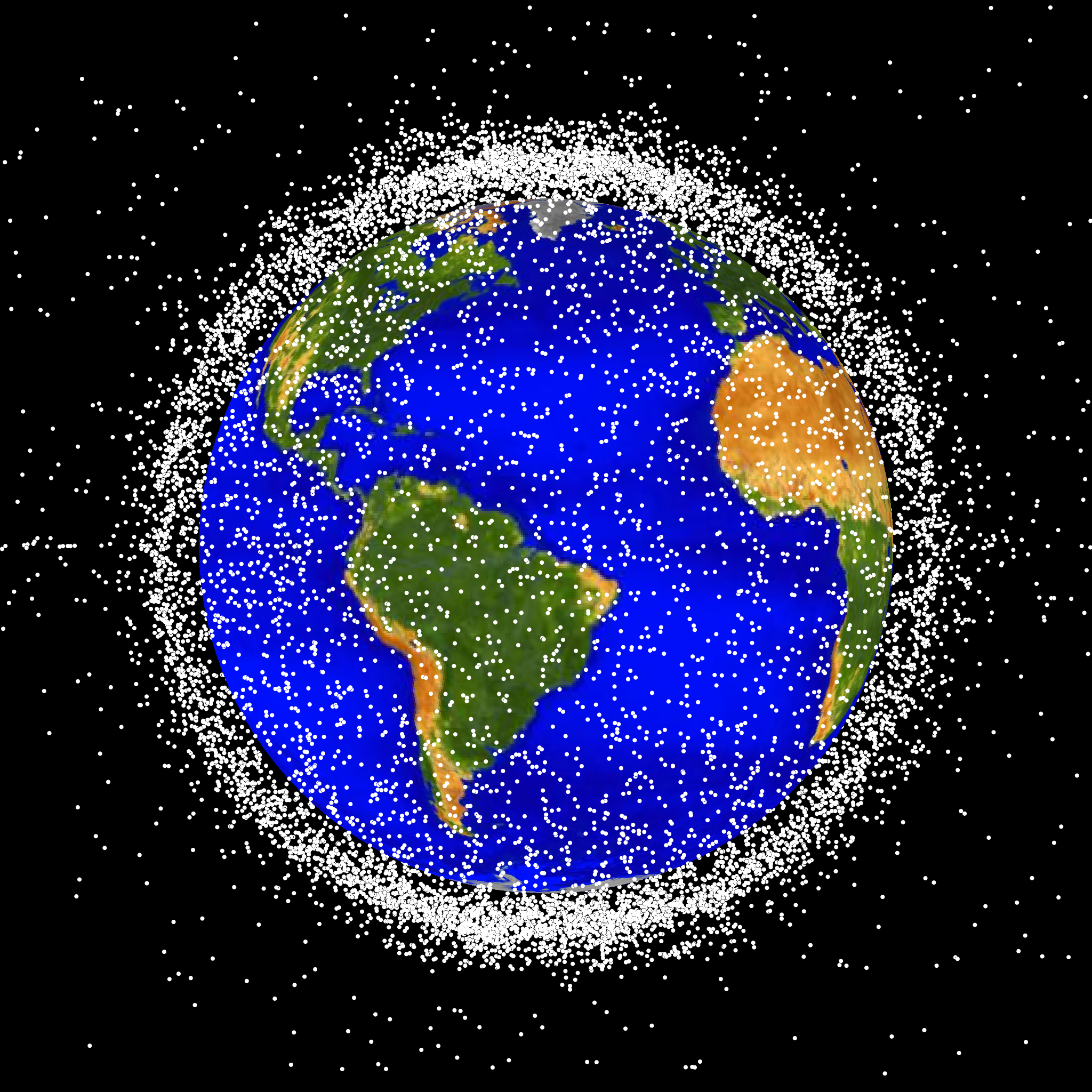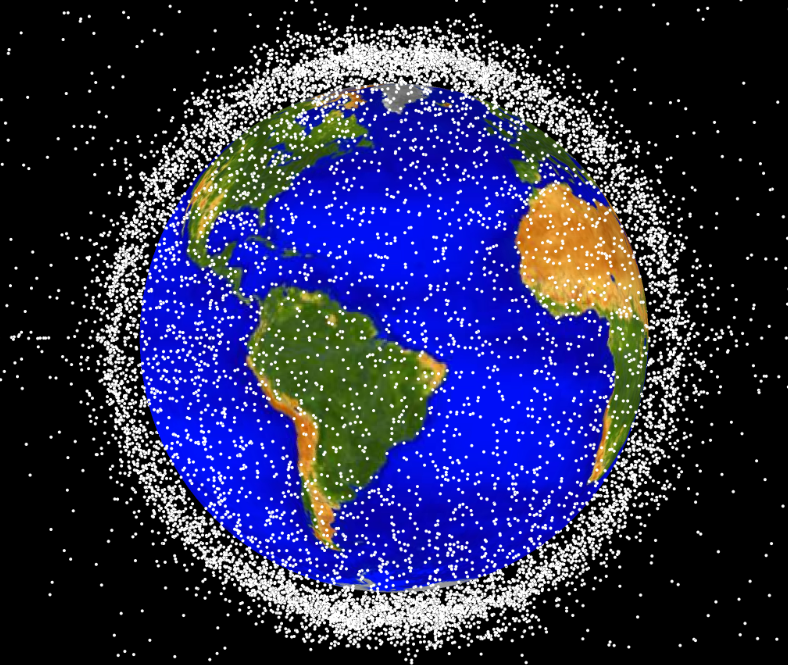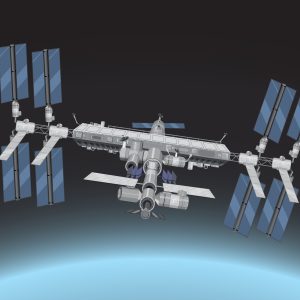NASA and ISO delegates are moving to accelerate the next update of the ISO 24113 space debris standard, a quiet but consequential change that could alter compliance baselines for satellites, launch stages and debris‑generating components used across defence space programmes. For primes and Tier‑1 suppliers, the fifth edition of ISO 24113—now being prepared earlier than scheduled—could ripple into design reviews, end‑of‑life passivation, insurance, and export tenders that reference civil‑standards compliance. The keyphrase “ISO 24113 space debris standard” is no longer a back‑office term; it is likely to be a front‑matter requirement in contracts. Orbital Debris Program Office

Key Facts
- What changed: ISO Working Group 7 (Orbital Debris) has proposed fast‑tracking work on a fifth edition of ISO 24113, ahead of the previous 2028 review cycle. Orbital Debris Program Office
- Why it matters: ISO 24113 is the top‑level debris‑mitigation standard that many government buyers and insurers reference; revisions can alter acceptance criteria for missions. Iteh Standards+1
- Timing: WG7 met 19–23 May 2025 in Tsukuba, Japan; the next in‑person session is slated for November 2025 in Arlington, VA. Orbital Debris Program Office
- Scope likely in play: Large constellations, re‑entry risk management, and battery passivation were highlighted as active topics across joint ISO working groups. Orbital Debris Program Office
- Operational context: NASA data show record object counts in LEO, increasing collision‑avoidance costs and regulatory pressure. Orbital Debris Program Office
Context and new development
The International Organization for Standardization’s TC20/SC14 subcommittee convened in Tsukuba from 19–23 May 2025, where Working Group 7 (Orbital Debris) centred discussions on the “upcoming fifth edition” of ISO 24113: Space Debris Mitigation Requirements. Delegates proposed a resolution to begin revising 24113 ahead of its next scheduled review in 2028, citing accelerating developments in large constellations and post‑mission disposal. Orbital Debris Program Office
This is not a cosmetic refresh. ISO 24113 is the high‑level standard that cascades into mission design rules used by agencies and insurers; the current fourth edition (2023) already tightened several requirements compared to 2019. Early movement toward a fifth edition signals a shift in baseline assumptions, especially for constellation operators, rideshare payloads, and defence satellites that must reconcile military survivability with civil debris‑mitigation norms. Iteh Standards
NASA’s Orbital Debris Quarterly News (ODQN) underscores the pressure to update: catalogued objects in LEO continue to climb, with major contributions from recent break‑ups and mega‑constellation deployments. This creates both operational and policy friction—more conjunctions, more manoeuvres, and more scrutiny of end‑of‑life behaviour. Orbital Debris Program Office
Technical and operational implications
Design and passivation: Expect closer attention to lithium‑ion battery passivation and accidental‑explosion probabilities at end‑of‑mission—topics already flagged in joint sessions between ISO working groups. That translates into new verification artefacts at PDR/CDR and possible additional environmental testing or de‑risking analyses for stored energy. Orbital Debris Program Office
Re‑entry risk and disposal windows: If disposal timelines or casualty‑expectation thresholds shift, operators may face stricter deorbit deltas‑v, propellant reserves, or drag‑augmentation hardware. That can affect mass margins and costed risk in proposals, particularly for small satellites riding on shared launch. ESA Proceedings Database
Large constellations & SSA/STM: A revised 24113 could better mesh with emerging space situational awareness/traffic management practices (SSA/STM), formalising expectations on collision avoidance, ephemeris quality, and data‑sharing. This creates a quasi‑regulatory alignment lever for governments that procure commercial services (ISR, PNT augmentation, satcom) but stipulate standards conformance in contracts. ESA Proceedings Database+1
Insurance and financing: Underwriters increasingly tie premiums to debris‑mitigation posture. A fifth edition with clearer obligations could tighten loss modelling and rate cards, incentivising primes to exceed minimums to retain pricing power in bids. (Industry practice here often follows ISO baselines, then sharpens through agency‑specific rules.) UNOOSA
Programme and procurement angle
For defence buyers who reference civil standards, ISO 24113 acts as a proxy for responsible design without drafting bespoke rules for every mission. If WG7 lands meaningful changes, expect updated clauses in RFP/RFQ language by 2026, requiring bidders to demonstrate 24113‑compliant architectures and verification plans. That impacts workshare (specialist passivation and debris analysts), schedules (extra analysis time), and supply‑chain selection (battery, propulsion, and structural subsystems with flight heritage under stricter passivation). Orbital Debris Program Office+1
NATO bodies and national agencies increasingly align civil and defence practice in space sustainability. A standards refresh provides procurement offices a clean line of sight to technically verifiable requirements while remaining interoperable with UNOOSA guidance and partner‑nation policy baselines. UNOOSA
Risks and alternatives
Risk: Requirements creep—added mass, cost, and verification complexity—could penalise small missions and low‑margin constellations unless accompanied by clear, testable criteria and realistic transition periods.
Alternative levers: Agencies can mitigate impact by accepting demonstrated equivalent safety (e.g., alternative passivation or drag‑augmentation methods) and by harmonising ISO language with national debris rules and IADC best practices to avoid dual‑compliance churn. Orbital Debris Program Office
Implications / Next
WG7’s next in‑person session is planned for November 2025 (Arlington, VA), where change proposals will consolidate. Primes should start gap analyses against likely hot‑spots—battery passivation, breakup risk modelling, and re‑entry casualty thresholds—and socialise impacts with insurers and export‑control teams ahead of the 2026 procurement cycle. For broader context on supply‑chain and SSA ramifications, see Defence Agenda’s prior coverage on the space industrial base and space domain awareness. [1][2] Orbital Debris Program Office
Further Reading
- Internal: Defence Agenda coverage — Space industrial base outlook. [1]
- Internal: Defence Agenda analysis — Space domain awareness & SSA primer. [2]
- NASA ODPO — Orbital Debris Quarterly News v29‑3 (meeting reports; ISO 24113 revision, WG7 focus). [3]
- ISO — ISO 24113:2023 Space systems — Space debris mitigation requirements (current edition). [4]
- ESA/SDC9 — Update on ISO debris‑mitigation standards (status and rationale for changes). [5]
- UNOOSA — Space Debris Compendium (2025) (policy context and standardisation landscape). [6]
References
- Defence Agenda – News
- Defence Agenda – Analysis
- NASA Orbital Debris Quarterly News v29‑3 (September 2025)
- ISO 24113:2023 (4th ed.)
- ESA SDC9: “Update on the ISO Space Debris Mitigation Standards” (2025)
- UNOOSA: Space Debris Compendium (2 May 2025)












